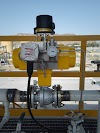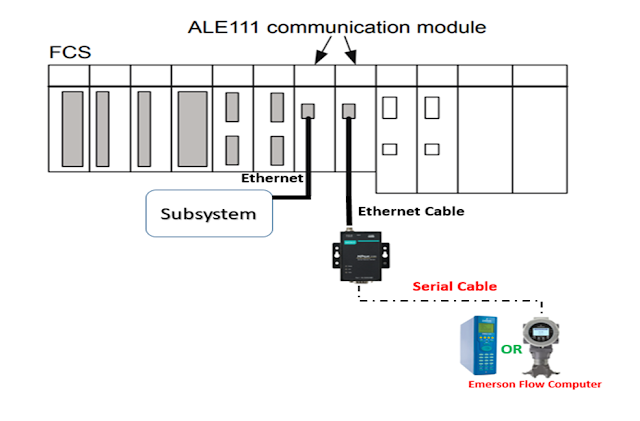What are the Five(05) IEC Programming Languages that Every Automation & Control Professional Should Know About
Background
- Function Block Diagram
- Structured Text
- Instruction List
- Sequential Function Chart
- Ladder Logic
Historically Ladder Diagram was originally developed for the programming of PLC as a replacement of relay logic system and Function Block Diagram (FBD) was originally developed for the distributed control system (DCS). However, nowadays, a PLC is not limited to ladder logic and a DCS is not limited to the function block.
1. Function Block Diagram (FBD)
Back in the 1970s with the evolution of DCS, this programming language was typically to program the PID loops and associated functions and logic. In this programming language, numerous blocks are used and logic is developed through the interlocking of these blocks
2. Structured Text (ST)
Do you have experience working on FORTRAN? If yes, then this language won't be much different from it. It is a high-level language having similar syntax to FORTRAN having a complete set of instructions for variable assignment, loops, conditional statements, and function block calling, etc. It has an advantage in the easier implementation of intensive calculation functions and relatively complex functions that are cumbersome while using other programming languages.
4. Sequence Functional Chart (SFC)
5. Ladder Logic
For Further Reading:
- IEC 61131-3:2003. Programmable Controllers – Part 3: Programming Languages Geneva 20 – Switzerland: IEC (International Electrotechnical Commission)
- IEC 848:1988. Preparation of Function Charts for Control Systems









2 Comments
Please post details with single example for all cases. Waiting to see
ReplyDeleteIt's bit challenging considering the amount of time it would take to materialize the concept. I would love to do; I am sorry that I cannot make a firm commitment here; I would add to my wish list or TO DO list.
Delete